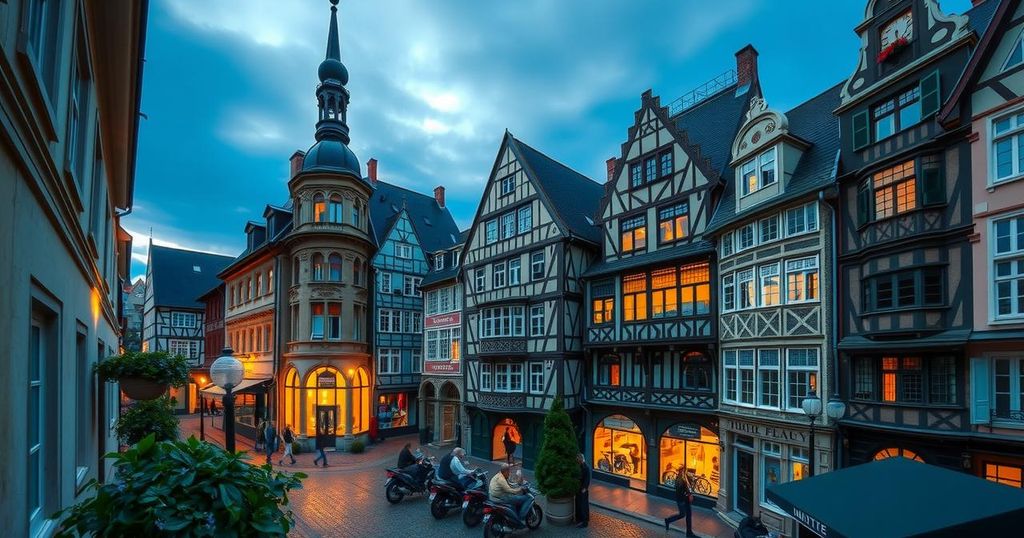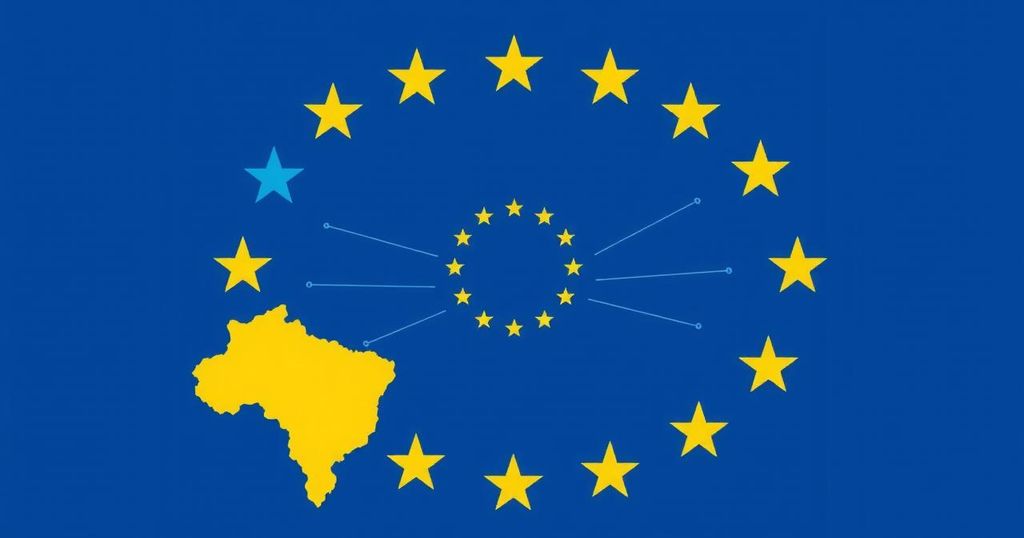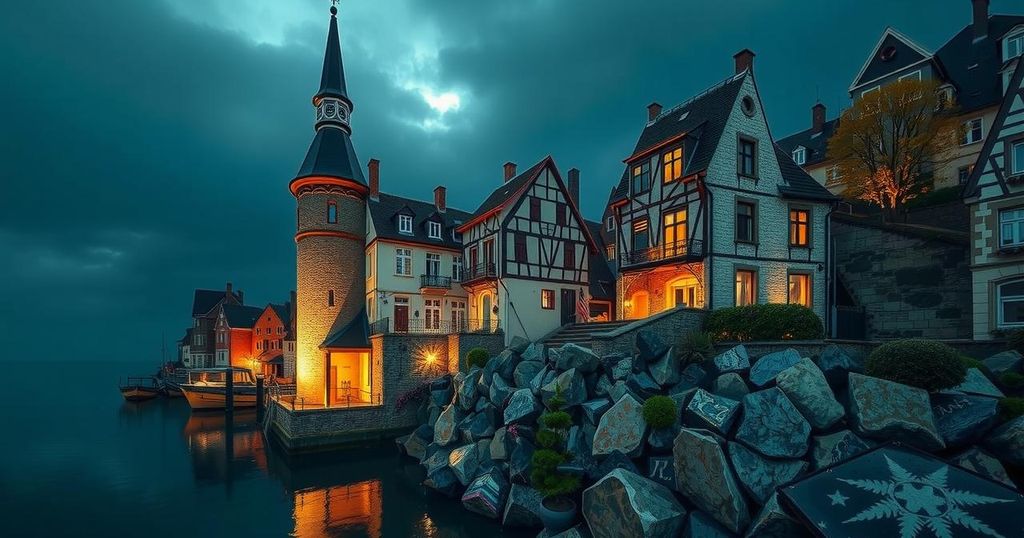Original Source: www.lalsace.fr
This article explores Strasbourg, a city synonymous with various European institutions and organisations, highlighting its evolution and significance since the post-World War II era. Starting from the establishment of the Council of Europe in 1949, the narrative outlines how Strasbourg has developed into a centre of European governance, hosting crucial entities such as the European Parliament and the European Court of Human Rights. This context shapes the understanding of the city’s importance in fostering collaboration, dialogue, and unity among European nations, making it a true melting pot of cultures and ideas.
Wander through the vibrant districts of Wacken and Robertsau in Strasbourg, and you’ll find the European flag fluttering proudly against the backdrop of this picturesque city. Since the 1950s, Strasbourg has evolved into a true European enclave, imbued with a rich tapestry of institutions and organisations, each adding their brushstrokes to the canvas of European unity. This journey began in 1949, when Strasbourg was bestowed the honour of housing the Council of Europe, marking the city’s symbolic role in post-war reconciliation.
Like a growing child, the Council needed space to expand as it welcomed new members into its fold, commencing construction on its iconic building in the heart of the city. This marked the genesis of a series of landmark institutions that have since set roots in Strasbourg. With each brick laid, the city solidified its status as a bastion of collaboration and dialogue, where diverse voices converge to shape the future of Europe.
As the engine of European governance, Strasbourg has witnessed the birth of various organisations, including the European Parliament, which convenes within walls echoing with history. The bustling corridors are alive with debate and decision-making, where the quest for unity amidst diversity unfolds daily. This vibrant milieu fosters not just policy-making but a culture of understanding and mutual respect among nations, weaving an intricate web of shared values.
Furthermore, the European Court of Human Rights, nestled nearby, stands as a sentinel, protecting fundamental rights and justice across the continent. Its presence reinforces Strasbourg’s pivotal role in upholding the ideals of peace and democracy, reminding all who walk its cobblestone streets of the profound responsibilities borne by its institutions.
Thus, as you stroll through Strasbourg, let the serene flow of the nearby River Ill soothe you, while the chatter of diplomats, officials, and everyday citizens creates a symphony of voices that pulse through this European heart. Here, amid the fusion of history and progress, the essence of Europe grows, nourished by the commitment to build a better future together.




